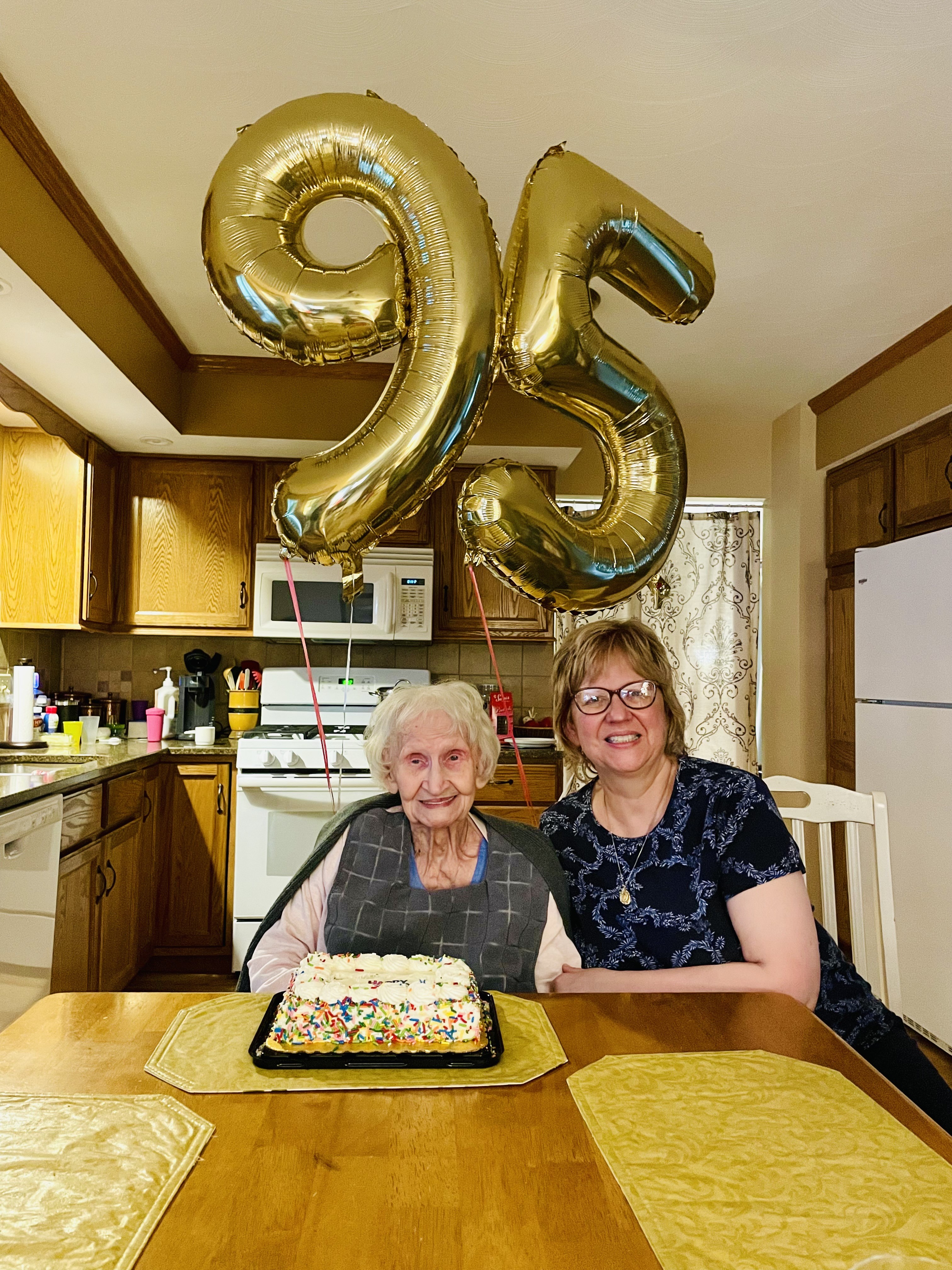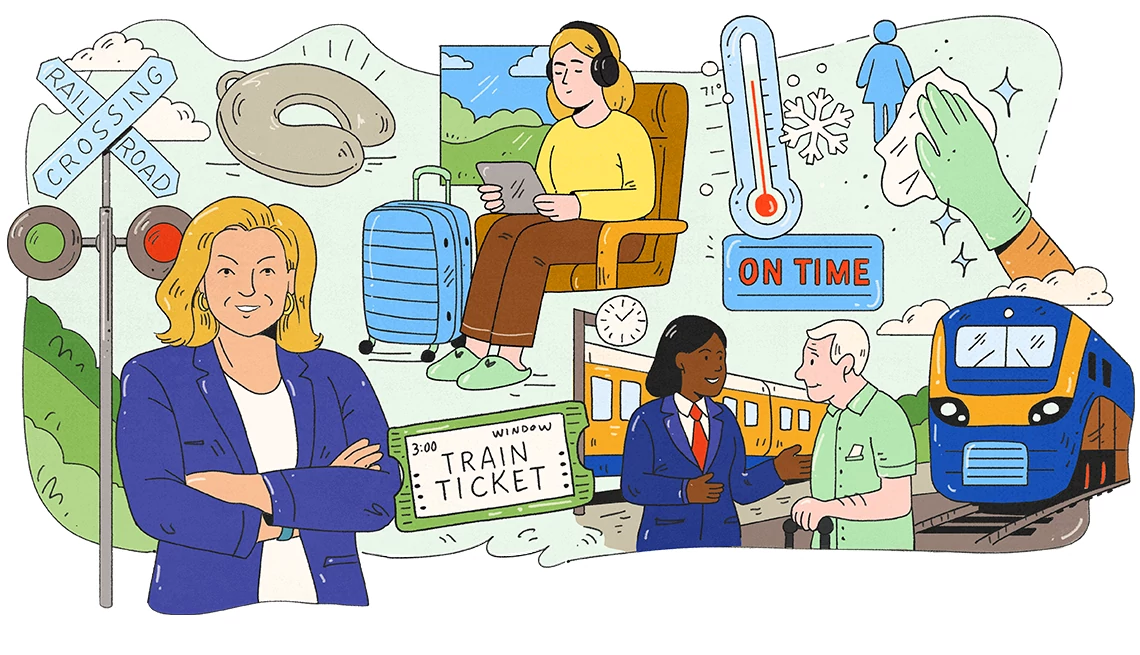AARP Hearing Center

I remember like it was yesterday when I was finally able to visit my 90-year-old mom, Anna, in a local nursing home after three months of lockdown during the Covid pandemic. I found her lying in a fetal position and was shocked to see that she had lost 25 pounds (no one in the facility had told me about this) and hadn’t been properly kept clean.
We decided then and there to bring her home to live with our family and that I would quit my job to take care of her. My husband and I converted our dining room into a private bedroom for her, not knowing at the time whether she would be with us for days or years.
As an occupational therapy assistant, I was blessed to have the caregiving skills and knowledge my mom required and a supportive husband, sister, son and daughter to help with day-to-day responsibilities — from trips to the doctor and other care facilities, to grocery shopping and housekeeping, to medication management and meal prep, to managing her personal finances and paying her bills.
But by June 2023, we still needed help. Because of an inoperable bowel obstruction, she couldn’t eat that much. Twice a week, hospice nurses came to assess how she was doing and an aide gave her a good sponge bath. A social worker checked in once a month to see what other physical, emotional or financial support my mom might need, and someone from pastoral care provided her spiritual support.
We were fortunate that Medicare and supplemental coverage paid for my mom’s hospice care, plus her hospital bed and self-care supplies, but there were other expenses. We invested in a stair glide that cost $3,000 to $4,000, and we covered the costs for a caregiver who came a couple hours a week so that I could get a few things done outside the home. Also, instead of the nutritional drink provided by Hospice, we paid out of pocket for the higher-protein version for its extra nutrients and calories.
The costs can add up when one person is not working and putting two kids through college, including a daughter who was in medical school at the time. We also weren’t saving as much as we normally would have. But because of my husband’s job, we were able to manage.
It makes me think of other families with older loved ones that need caregiving who can’t afford to quit their job like I did or who may be distracted at work because of the responsibilities, which can be overwhelming at times, and struggling to make ends meet. For more information and resources about family caregiving in Ohio, visit aarp.org/OHcaregivers.































































